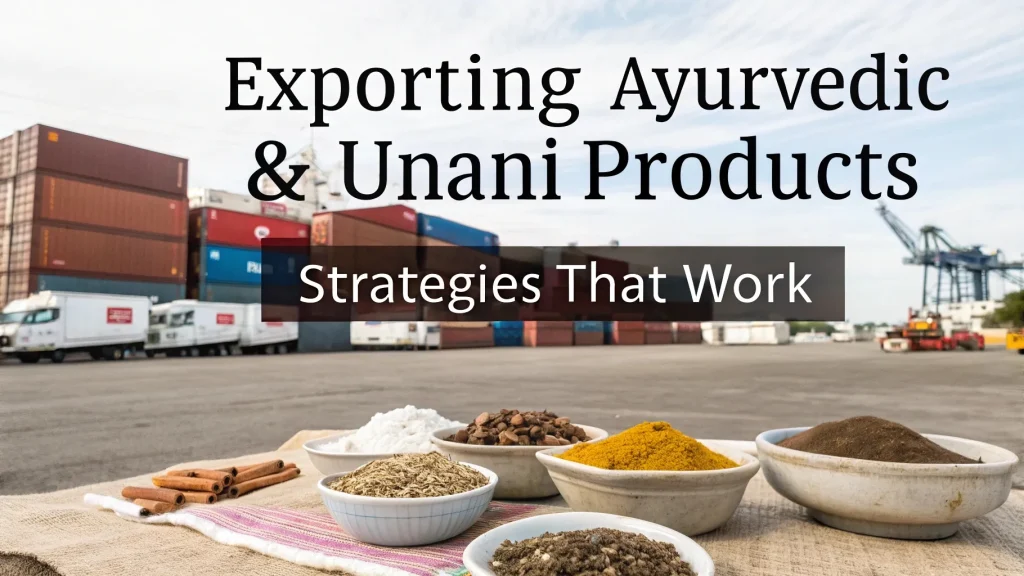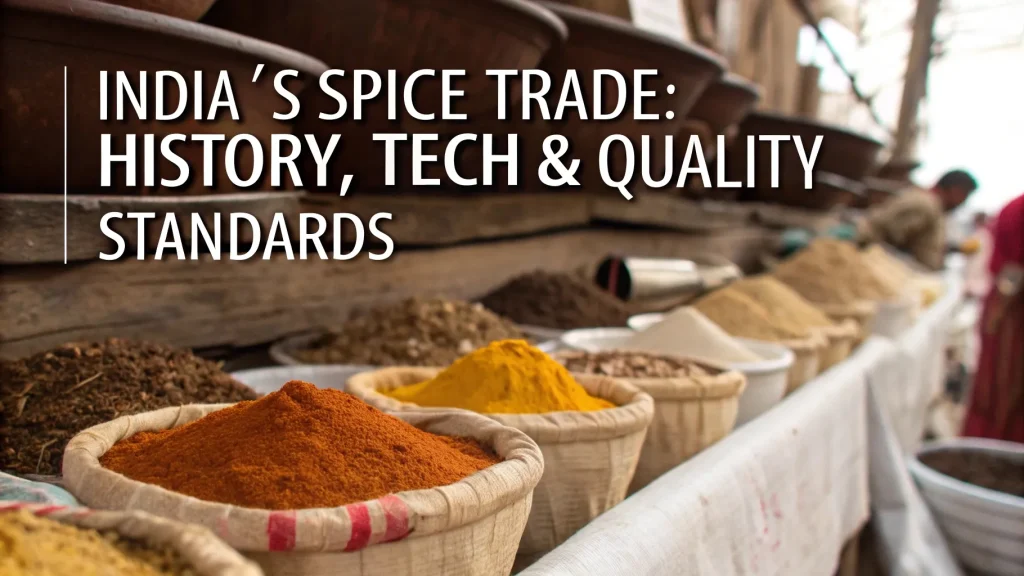In today’s fast-paced world, ready-to-cook and easy-to-prepare foods have become a staple in urban and semi-urban households. Among these, noodles have emerged as one of the most popular choices. The growing demand for noodles across all age groups makes noodles manufacturing a highly profitable and scalable business opportunity in 2025 and beyond. With relatively low startup costs, high market potential, and consistent demand, starting a noodles manufacturing business can be the right step toward building a sustainable food-processing venture.
Market Potential and Business Scope
Noodles are consumed extensively not only in Asia but globally, thanks to their versatility and easy preparation. In India, the market is growing due to the influence of changing eating habits, busy lifestyles, and increased awareness about international cuisines. The demand is no longer limited to instant noodles; healthy, whole wheat, millet-based, and flavored noodles have captured the market’s attention.
This presents a golden opportunity for entrepreneurs to set up a noodles manufacturing unit catering to various market segments—from premium health-conscious consumers to mass-market instant noodle lovers. Before diving into production, it’s crucial to assess the market size in your target location, analyze competitors, and identify gaps your product can fill.
Step-by-Step Guide to Starting a Noodles Manufacturing Business
Let’s break down the major steps involved in launching your noodles manufacturing venture.
1. Create a Business Plan
A well-thought-out business plan is your roadmap. It should include:
-
Business objective and mission
-
Target audience
-
Product range (instant, plain, flavored, whole wheat, etc.)
-
Market research and competitor analysis
-
Startup costs and working capital
-
Marketing strategy
-
Projected income and break-even point
Investors and banks will also require this plan if you’re seeking financial assistance.
2. Choose the Right Location
The location of your noodles manufacturing unit plays a crucial role. Ideally, it should be:
-
Close to raw material sources
-
Well connected by road/rail for easy transportation
-
Affordable in terms of rent and utilities
-
In compliance with local zoning laws for manufacturing units
Industrial zones or food-processing clusters often provide additional benefits like subsidies or tax breaks.
3. Legal Formalities and Licenses
Compliance with government regulations is mandatory. You’ll need:
-
Company Registration (as Proprietorship, Partnership, LLP, or Pvt. Ltd.)
-
FSSAI License (Food Safety and Standards Authority of India)
-
Trade License from the local authority
-
GST Registration
-
MSME/Udyam Registration (for subsidies and schemes)
-
Factory License if large-scale production is planned
-
Pollution control clearance (if applicable)
Consult a legal expert to ensure your business meets all required formalities.
4. Select the Right Machinery and Equipment
The machinery you invest in will depend on your scale of operations. For a small to medium-scale noodles manufacturing unit, you’ll typically need:
-
Dough mixer
-
Noodles making machine (with shaping and cutting dies)
-
Steaming unit
-
Drying unit (tray dryer or conveyor belt dryer)
-
Packaging machine (manual, semi-auto, or fully automatic)
-
Weighing scale and sealing machine
You may opt for semi-automatic or fully automatic machinery based on budget and expected output.
5. Hire and Train Workers
Depending on the scale, your unit will require a team including:
-
Machine operators
-
Quality control personnel
-
Packaging staff
-
Supervisor/manager
-
Cleaning and support staff
Invest in proper training so that hygiene, safety, and quality standards are maintained throughout the production process.
6. Raw Materials Required
The primary raw materials used in noodles manufacturing include:
-
Refined wheat flour (maida) or whole wheat flour
-
Water
-
Salt
-
Edible oil
-
Starch (optional)
-
Additives, colors, and flavors (optional)
-
Packaging materials (laminated plastic films, labels, cartons)
Establish partnerships with reliable suppliers to ensure consistent quality and supply.
7. Noodles Manufacturing Process
Here is a simplified overview of the noodles production process:
-
Mixing: Flour, water, and other ingredients are mixed to form dough.
-
Sheeting and Slitting: Dough is rolled into sheets and cut into strands.
-
Steaming: The strands are steamed to gelatinize the starch.
-
Drying: Steamed noodles are dried using trays or conveyor dryers.
-
Cutting and Packaging: Dried noodles are cut to size, weighed, and packaged.
If producing instant noodles, an additional frying step (usually in palm oil) is required after steaming.
8. Branding and Packaging
Packaging is not just about protecting your product; it’s also your first impression on consumers. Use:
-
Eye-catching, informative, and food-safe packaging
-
Brand logo, tagline, and nutritional info
-
Multilingual labels if targeting diverse markets
-
Eco-friendly materials (a growing trend)
Strong branding enhances shelf appeal and encourages repeat purchases.
9. Marketing and Sales Strategies
Promoting your noodles manufacturing brand is vital. Consider the following:
-
Supply to local grocery stores, supermarkets, and kirana shops
-
Register on online marketplaces like Amazon, BigBasket, JioMart, etc.
-
Tie-up with food service providers and canteens
-
Offer free samples at events, schools, or supermarkets
-
Leverage social media platforms (Instagram, Facebook, YouTube) for promotions
-
Collaborate with food bloggers and influencers
Start with your local market, then expand regionally or nationally.
10. Quality Control and Hygiene
Food safety is non-negotiable. Maintain strict quality checks at every stage:
-
Inspect raw materials before use
-
Monitor machinery and environment cleanliness
-
Conduct microbiological and shelf-life tests
-
Follow FSSAI guidelines for food-grade packaging and labeling
-
Train employees on hygiene and safety standards
Consumers trust brands that consistently deliver quality.
11. Investment and Profit Margin
The initial investment depends on scale. Approximate costs:
-
Small scale (manual/semi-auto): ?5 to ?10 lakhs
-
Medium scale (semi-auto/auto): ?15 to ?30 lakhs
-
Large scale (fully automatic): ?50 lakhs and above
Net profit margins typically range between 15% to 30%. With smart branding and consistent quality, you can break even within 1–2 years.
12. Government Schemes and Subsidies
The Indian government promotes food-processing startups through various schemes:
-
PMFME (PM Formalization of Micro Food Processing Enterprises)
-
Stand Up India Scheme (for women and SC/ST entrepreneurs)
-
MSME Loan Schemes
-
NABARD and SIDBI assistance
Check with local District Industries Centres or MSME offices for support.
13. Challenges in Noodles Manufacturing
Some challenges you may face include:
-
Intense competition from big brands
-
Price fluctuations in raw materials
-
Maintaining consistent taste and quality
-
Managing shelf life and logistics
-
Regulatory compliance
However, with innovation and adaptability, these challenges can be effectively handled.
Final Thoughts
Starting a noodles manufacturing business is a lucrative and practical option for aspiring entrepreneurs. The demand for noodles is expected to rise with urbanization, increasing disposable incomes, and changing food habits. By focusing on quality, efficient production, and smart marketing, your brand can successfully carve a niche in this competitive market.
Don’t rush into the business—research, plan, and start small if needed. Consistency, compliance, and creativity are the keys to long-term success in the noodles manufacturing industry.





